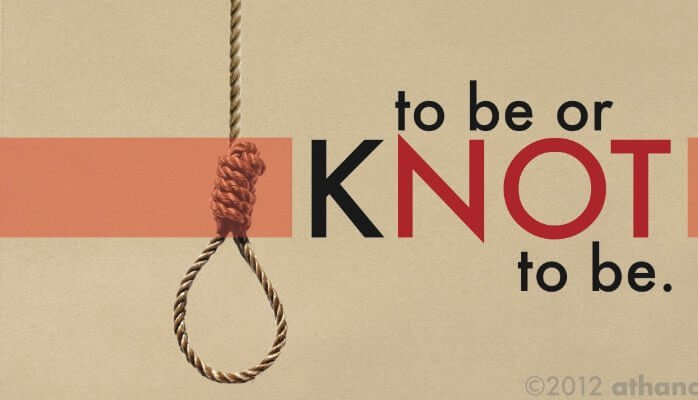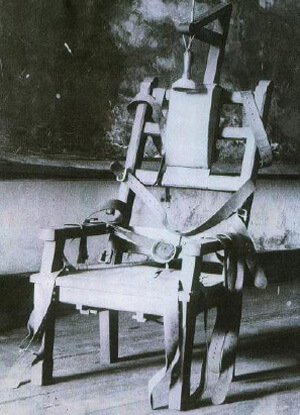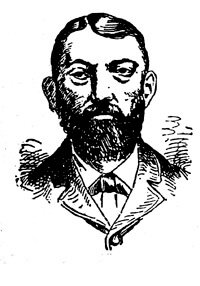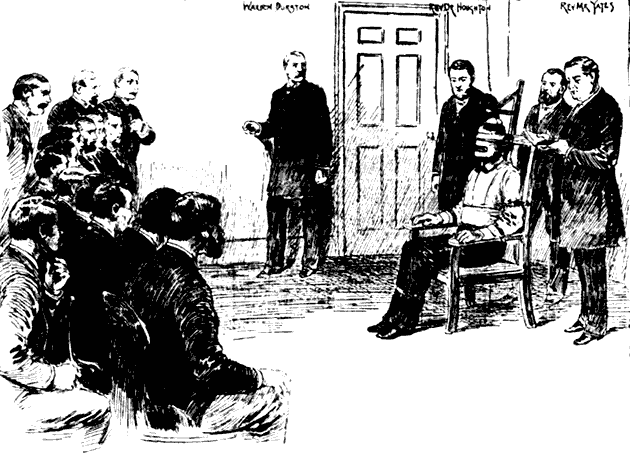Capital punishment is one of the most hotly debated topics today. While some people believe that killing a convict is hypocritical and does not teach the convict a lesson, proponents of the death penalty say that it is the ultimate punishment and it will scare the would-be criminals.
However, around a hundred years ago the situation wasn’t the same. The debate then wasn’t ‘To kill or not to kill?’, but it was “How exactly do we kill”? The most prevalent method of execution those days was hanging. It was considered too brutal as there were same known cases where the condemned would hang by their broken necks for about 30 minutes before dying of asphyxiation.

Alfred Southwick, a dentist from Buffalo, New York, suggested electrocution as a ‘humane’ method of executing convicts on death penalty. He had once witnessed an elderly drunk man killed “painlessly” after he touched two terminals of an electric generator. Southwick started working on inventing an electric chair in 1881, and after about nine years of development, it was finally ready for use.

And exactly 126 years ago, William Francis Kemmler was executed by electrocution at the Auburn Prison in New York. On March 29, 1889, he was accused of killing his girlfriend Matilda “Tillie” Ziegler with a hatchet. He was tried and convicted and was sentenced to death on May 13 that year. As of January 1 that year, the state of New York had instituted the death by electrocution.

Originally, Joseph Chappleau, who had beaten his neighbour to death with a sled stake, was supposed to be the first person to be executed under New York’s electrocution law. But, Chappleau’s punishment was commuted to a life sentence and thus Kemmler became the first person to be executed in an electric chair.
The electric chair was also pulled into the AC/DC war of currents. Thomas Edison, whose company ran their equipment on direct current, demonstrated at one of his labs that alternating current was lethal. George Westinghouse was the biggest supplier of AC equipment, and he saw Edison’s actions as an attempt to portray AC as the “executioners current”. He also tried to support Kemmler’s appeal, arguing that electrocution was a cruel punishment. However, the appeal failed.
On the morning of August 6, 1890, Kemmler was woken up at 5.00 AM. After dressing up and having breakfast, his head was shaved and he was taken to the execution room. He was strapped to the chair, and the metal restraint was put on his head. At first, a charge of 700 volts was delivered for 17 seconds. When it was found that he wasn’t dead, 1030 volts of current was then delivered for about 2 minutes, after which he was certainly dead.

The reactions to this method of execution were varied. Alfred Southwick hailed the move and proclaimed that “We live in a higher civilisation from this day on”, one New York Times reporter who witnessed the execution called it “far worse than hanging”, and said that Kemmler’s death was an awful spectacle. George Westinghouse remarked, “They would have done better using an axe.”
Luckily, times have improved. At least 105 countries have abolished capital punishment altogether. And the countries that still have it use it on only exceptional occasions. In India, capital punishment is allowed only in the ‘rarest of rare’ cases. In the last 20 years, only 5 convicts have been executed in India.
As of 2016, 6 states in the USA are the only places in the world where it is still legal to use the electric chair. And two of those allow the convict to choose between the chair and a lethal injection.

















